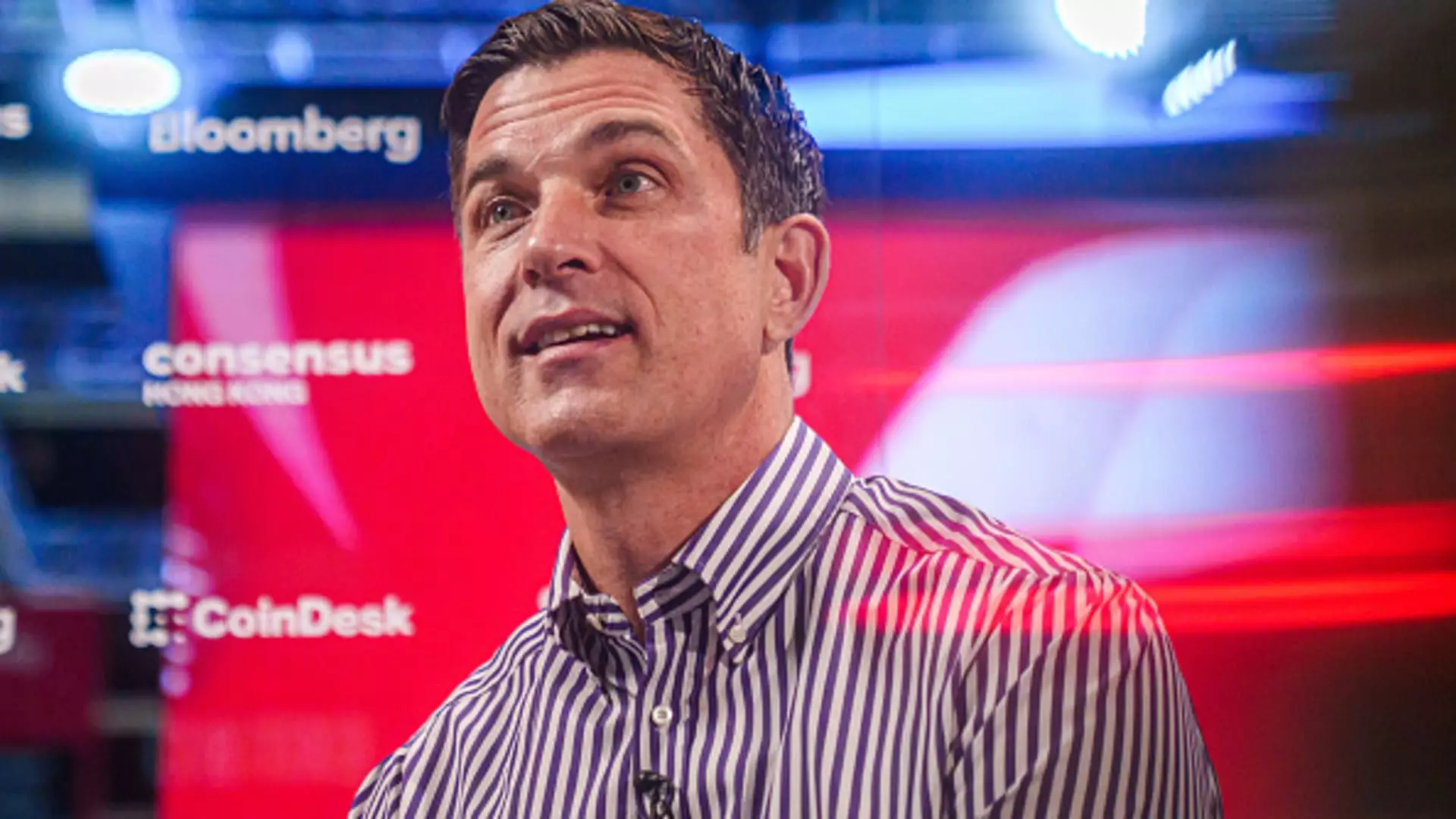Bullish’s recent initial public offering (IPO) exemplifies the fine line between strategic enthusiasm and reckless optimism. By pricing shares at $37—significantly above the initial estimates—Bullish is signaling a confidence that borders on hubris. While a higher valuation suggests strong investor interest, it also raises concerns about overvaluation driven by market hype rather than fundamentals. This raises questions about whether the crypto sector, often driven by speculative fervor, is genuinely maturing or merely riding the latest wave of financial escapism.
The decision to increase share offerings from the original 20.3 million to 30 million, and to grant underwriters an option to sell an additional 4.5 million shares, demonstrates a desire to capitalize on current market appetite. But does expanding the offering limit the potential for traditional investors to realize sustainable gains, or is it a calculated maneuver to inflate a bubble that’s ripe for bursting? The price premium set at $37, well above the initial estimate of $32–$33, signals a willingness to take advantage of market euphoria—yet this could also pave the way for a correction that erodes investor confidence.
What Does the Power Play Say About Crypto’s Future?
The backing by heavyweight institutional investors like BlackRock and ARK Investment Management suggests a shift towards mainstream adoption, but it also masks underlying volatility and doubts. Their willingness to purchase up to $200 million worth of shares points to a broader narrative: that crypto’s capital markets have yet to fully prove their resilience or long-term stability. As a centrist voice cautious of unchecked crypto exuberance, I see this as a double-edged sword. While institutional involvement can legitimize the industry’s prospects, it can also exacerbate systemic risks if valuations aren’t grounded in tangible value.
The origins and leadership of Bullish—under former NYSE President Tom Farley and headquartered in the Cayman Islands—highlight the often opaque and complex web of interests that surround crypto companies. While decentralization and security are touted as core principles, the reality remains that these firms operate within a global financial ecosystem rife with regulatory uncertainties and trust issues.
Crypto’s Allure and the Illusion of Stability
Since its inception in 2021, Bullish has amassed a colossal $1.25 trillion in trading volume, a feat that seems impressive on paper but is ultimately constructed on volatile speculation. Its acquisition of CoinDesk—a crypto news platform offering indexes, data, and analytics—further underscores its ambition to dominate the information landscape, but also raises questions about its influence on market narratives and investor perception.
This IPO attempt marks Bullish’s second foray into public markets, reflecting the persistent challenge of turning crypto’s disruptive potential into sustainable business success. Enthusiasts like Peter Thiel and others see this as an opportunity to capitalize on policy shifts favoring crypto, but skepticism remains warranted. The recent success of stablecoins like Circle, and the listings of Galaxy Digital and eToro, illustrate a sector eager to legitimize itself within a more regulated framework. Yet, this effort should be viewed with caution, as the crypto industry is still haunted by the specter of market manipulation, regulatory crackdowns, and speculative excess.
From a centrist-liberal perspective, the current surge in crypto valuations seems to prioritize short-term gains over long-term stability. While innovation and market dynamism are important, unchecked hype can quickly unravel, leaving unwary investors stranded. Crypto’s promise hinges on its ability to adapt to stricter oversight and genuine utility—something that remains uncertain amidst the current exuberance.

